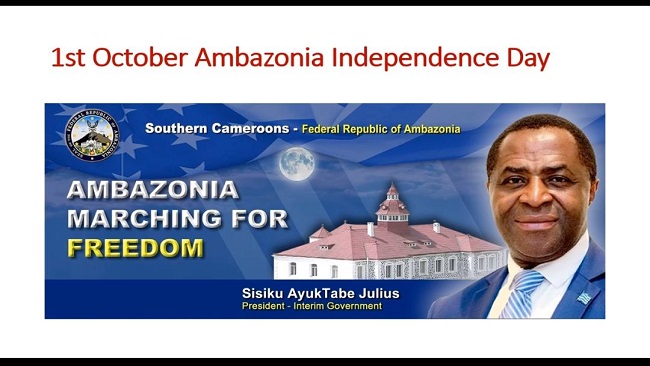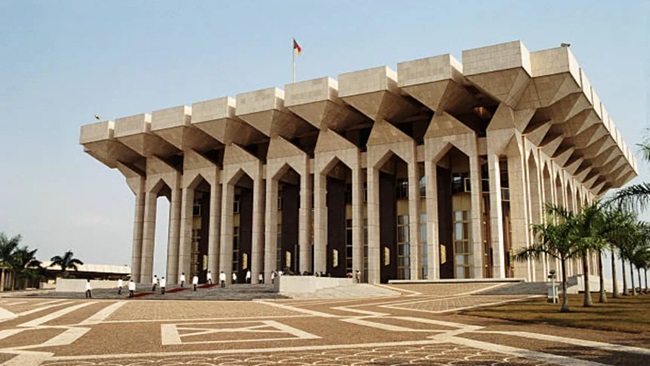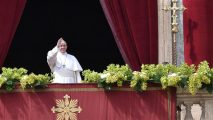Privacy Overview
This website uses cookies so that we can provide you with the best user experience possible. Cookie information is stored in your browser and performs functions such as recognising you when you return to our website and helping our team to understand which sections of the website you find most interesting and useful.

















11, March 2019
Fake News: Did a former minister in Cameroon really burn embezzled money? 0
In early March, a video showing a room filled with stacks of euro bills, some of which were burned, began circulating widely in Russia, Cameroon and Haiti. Social media users in these three countries all made the same claims: that this video offered proof that a politician or oligarch was manufacturing fake money. It turns out, however, that this video actually shows an art installation in Madrid, Spain. Its creator, Spanish artist Alejandro Monge told us more about his work.
The FRANCE 24 Observers team first saw this video when a few social media users in Haiti sent it our way, noting that the captions claimed that stacks of cash had been discovered in the home of Youri Latortue, a member of the political opposition and former president of the Haitian senate.
However, we found that this video had already popped up in two completely different contexts.
The video has also made the rounds in Cameroon, with the caption: “The Cameroonian minister of defence is hiding money. His wife tried to burn it before the police arrived.” This post referred to former minister of defence Edgar Alain Mebe Ngo’o, who was suspected of embezzlement, without stating his name.
In Russia, the video was said to show stacks of bills that Russian senator Rauf Arashukov had tried to secretly burn in his office. Arashukov was arrested two weeks ago in the middle of a session at the Russian Federation Council, the upper house of the Federal Assembly of Russia, on accusations that he had murdered two people. Those who shared the video claimed that Arashukov was trying to destroy evidence of his criminal activities.
Russian media outlet Fontanka, which first shared the video, ended up publishing a correction on February 28 and acknowledging that it had been fooled by an old video.
An example of an article published on a Russian website stating that “stacks of money were found at the home of senator Arashukov”. Read the article here.
Does this video show a politician’s secret stash of cash?
The truth of the matter is much more… well, artistic. Our team ran the video through a simple reverse image search using InVid and the more advanced search engine Yandex. We found the video on an Instagram account that belongs to Spanish artist Alejandro Monge.
Turns out, this video was filmed by someone who visited the Art Madrid festival in February 2018 and saw Monge’s installation entitled “European Dream”. The three-metre-tall sculpture was on display at the 3 Punts gallery, and none of the money in the video is real. The artist posted this video on his own Instagram account.
“When I saw that my installation had been distorted, I had mixed feelings about it…”
Our team reached out to Monge. He said he knew that the video of his installation had been distorted and was now being used to spread false claims in Russia, but he was surprised to learn that it was also being widely shared in Cameroon and Haiti.
My installation is a commentary on modern society and how everything revolves around money. I believe that money is the god of contemporary society. My sculpture is made up of about 500,000 hand-painted fake bills made out of resin.
When I saw that my installation had been misappropriated in Russia, I had mixed feelings about it. At first, I laughed a lot and was flattered that my sculpture could fool so many people — that meant that it was really realistic. But then I started to get a bit afraid because it was connected with a scandal in Russia and I didn’t want to be associated with that in any way.
Artist Alejandro Monge is shown here painting his sculpture, which represents stacks of euros. Source:@monge_art
The aim of this installation is to startle the viewer, who may feel shock or anger when he or she sees a huge amount of cash, some of which is burned. It’s striking to see that some people are willing to use this image to accuse people of a crime or of corruption. That shows that images showing large amounts of money can really provoke outrage and lead to surprising reactions.
France24